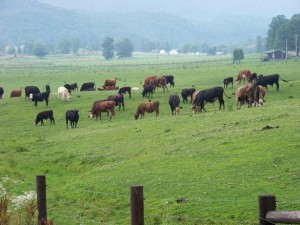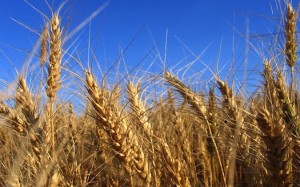Scouting Ahead – The Red Zone
Summary
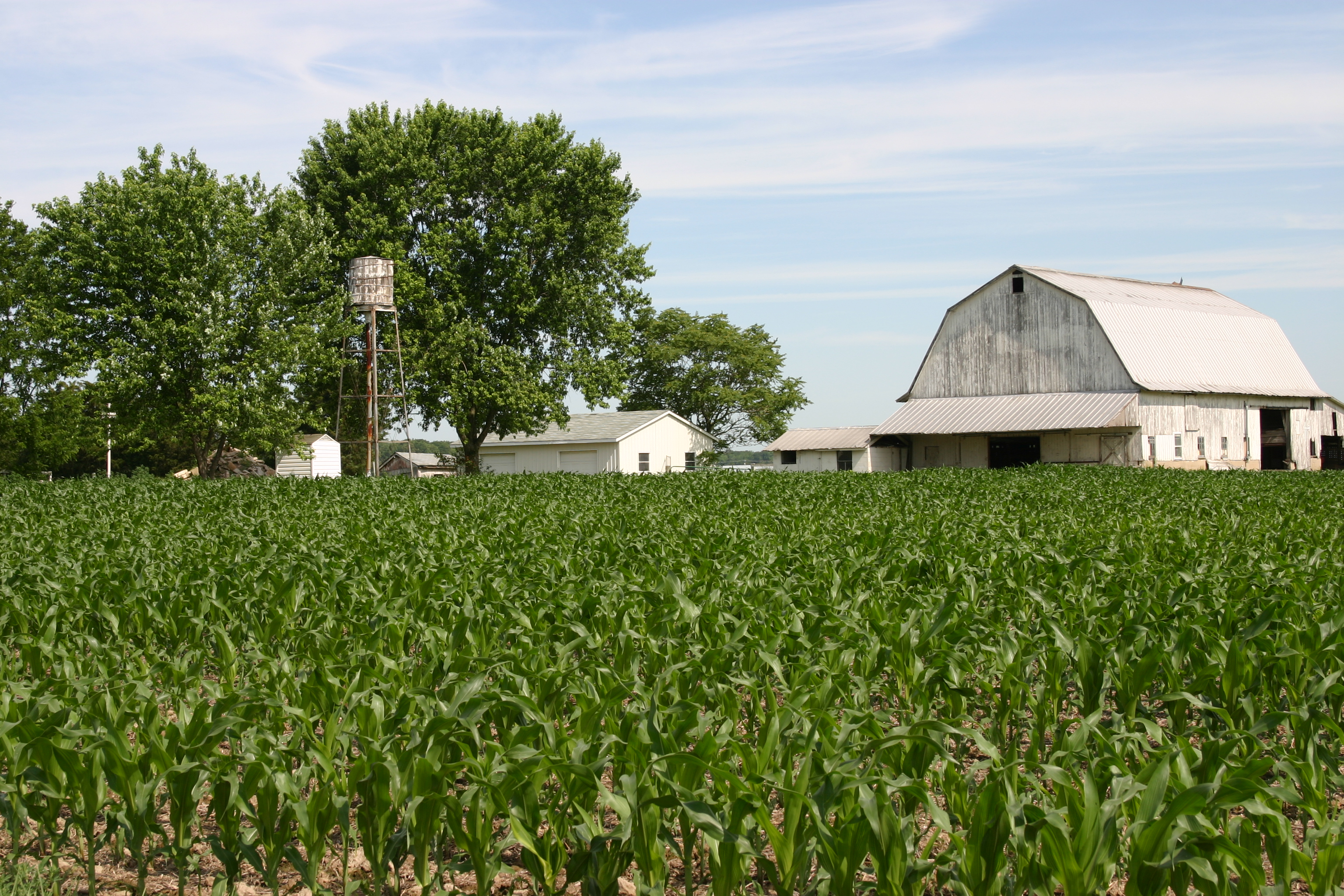 The main concern during the zombie apocalypse is food rations. A person can only carry so much food with them. A two week supply at most, and even then their go bag may become too heavy to carry on the run from the undead. The Orange Brigade took on the job of scouting possible food sources within each of the zones laid out for our Tasty Survival series.
The main concern during the zombie apocalypse is food rations. A person can only carry so much food with them. A two week supply at most, and even then their go bag may become too heavy to carry on the run from the undead. The Orange Brigade took on the job of scouting possible food sources within each of the zones laid out for our Tasty Survival series.

The main concern during the zombie apocalypse is food rations. A person can only carry so much food with them. A two week supply at most, and even then their go bag may become too heavy to carry on the run from the undead. The Orange Brigade took on the job of scouting possible food sources within each of the zones laid out for our Tasty Survival series. One thing we’re all guilty of is not looking in our own backyards for ways to survive. Check for local farms you can hit on your escape routes to add to the canned/dried goods that should already be in your go bags. Grab fresh produce while you can. It will not last long once there is no one to tend to the crops. Kill only what livestock you need to feed your party. Don’t waste food others could use.
This is what we found for the Red Brigade’s zone on the east coast.
Pennsylvania:
 Approximately 27% of the state is comprised of farmland.
Approximately 27% of the state is comprised of farmland.
68% of the farms raise livestock or process livestock products (dairy, eggs, etc.). The top product in the state is dairy.
Only 32% of Pennsylvania farms produce crops. Most of the farms are greenhouses, growing plants, not produce. The second top crop in the state are mushrooms.
When preparing your escape routes, make sure each one passes by a farm to gather supplies.
New Jersey:
 Approximately 17% of the state is farmland. You really want to keep an eye out for possible food sources, here.
Approximately 17% of the state is farmland. You really want to keep an eye out for possible food sources, here.
22% of the farms raise livestock and/or process livestock products. However, most of them raise horses and mules. Dairy farms are the second most prevalent after horse ranches.
78% of New Jersey farms grow crops, with a majority producing greenhouse and nursery products. Blueberries and peaches are second and third in produce production.
We suggest brigadiers in the state do not linger long. The sparse resources will vanish quickly.
Delaware:
 Approximately 42% of the state is farmland.
Approximately 42% of the state is farmland.
80% of the farms raise livestock and/or process livestock products. Chickens compromise 73% of livestock products.
20% of Delaware farms grow crops, primarily focused on grain (feed) corn for livestock, and soybeans.
Grab a cage of chickens on your way out of town, and pack extra cans of vegetables.
Maryland:
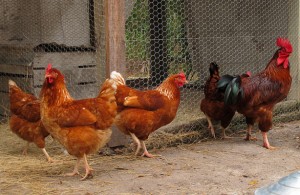 Approximately 33% of the state is farmland.
Approximately 33% of the state is farmland.
58% of the farms in Maryland raise livestock and process livestock products. Chicken is the primary livestock product. You guys need to grab some cages, too.
42% of Maryland farms grow crops. However with a focus on greenhouse products, soybeans, and grain corn, pickings are scarce.
We recommend you grab a few chickens and head toward a state with more variety in crops.
West Virginia:
Only 23% of West Virginia is dedicated to farmland.
82% of the farms raise livestock, with chicken and cattle being the most prevalent.
17% of West Virginia farms grow crops. Most of it is hay and grain corn.
You can’t haul a cow around, but if you know how to butcher your own meat and have a place to store it (or dry it), go ahead and take down a cow. Keep an eye out for apple orchards in the fall and load up on the nutritious fruit.
Virginia
66% of the farms house livestock. Chicken, cattle, and dairy are the leading products in the state.
33% of the farms grow crops. Variety of produce is slim.
Try to find a farm growing tomatoes, wheat or apples.
North Carolina
 Approximately 29% of North Carolina is farmland.
Approximately 29% of North Carolina is farmland.
65% of those farms produce livestock, with hogs and chicken being the most prevalent.
The 35% of farms growing crops mostly focus on greenhouse plants, tobacco, and cotton.
You may be able to find some sweet potatoes, blueberries, and cucumbers if you know where to look on your escape route.
South Carolina:
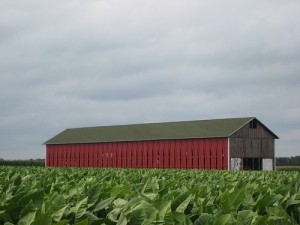 Only 25% of South Carolina is farmland.
Only 25% of South Carolina is farmland.
56% of those farms house livestock—primarily chicken, turkey, and cattle.
The remaining 44% of South Carolina farms grow greenhouse plants, tobacco, cotton…the list of non-food items goes on.
Try to plot your escape routes to hit the few farms growing peaches, tomatoes, cucumbers, and squash.
There you have it, the Red Zone and all it has to offer for food sources. Take a look at the farms around you and start plotting your escape routes.

